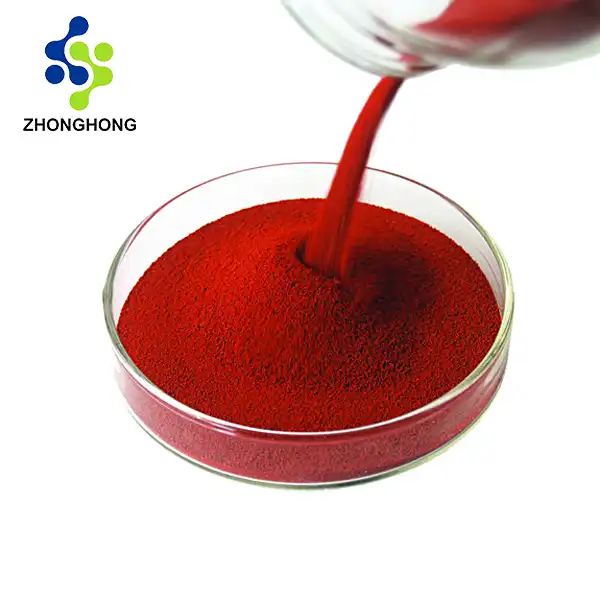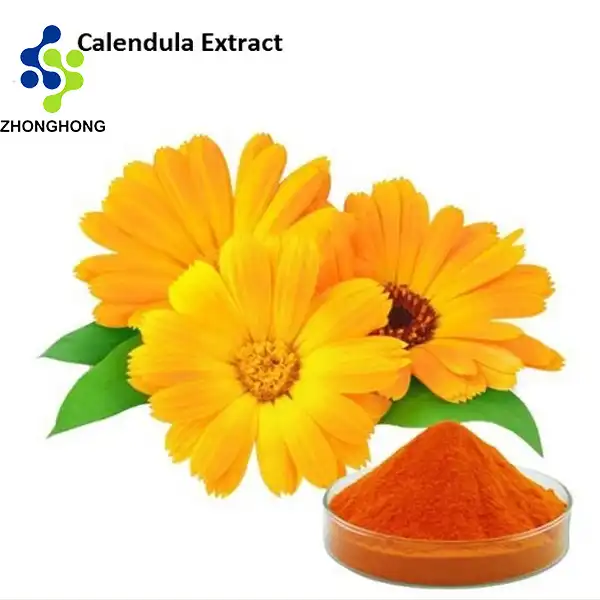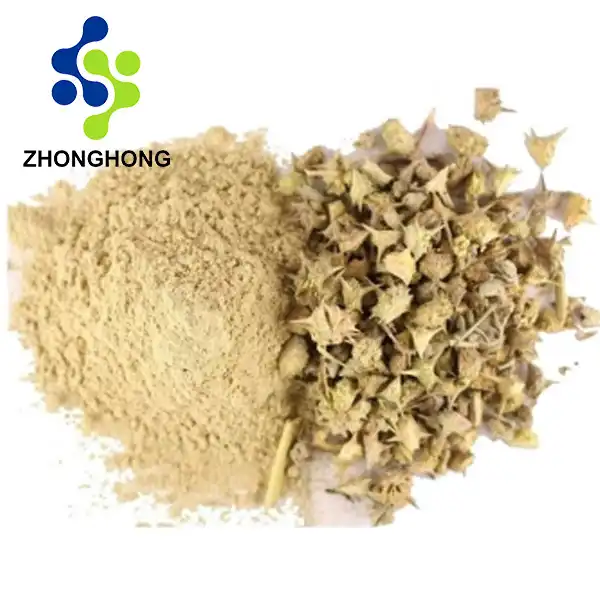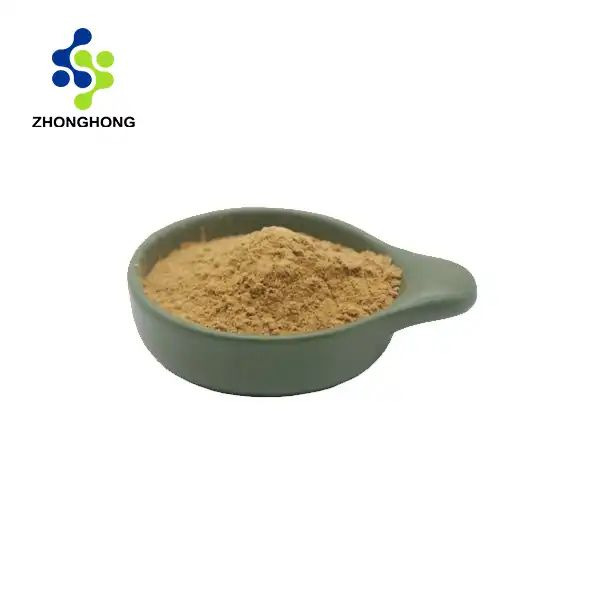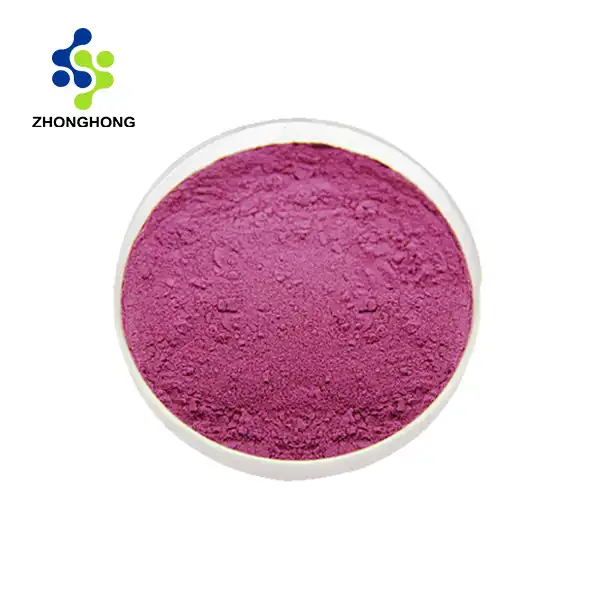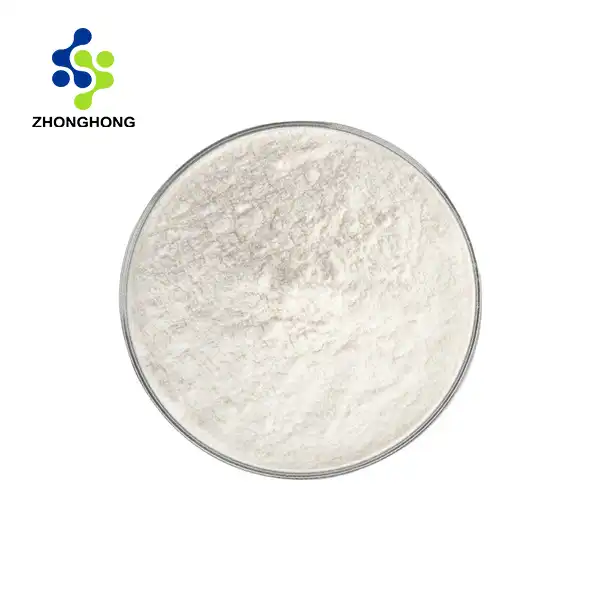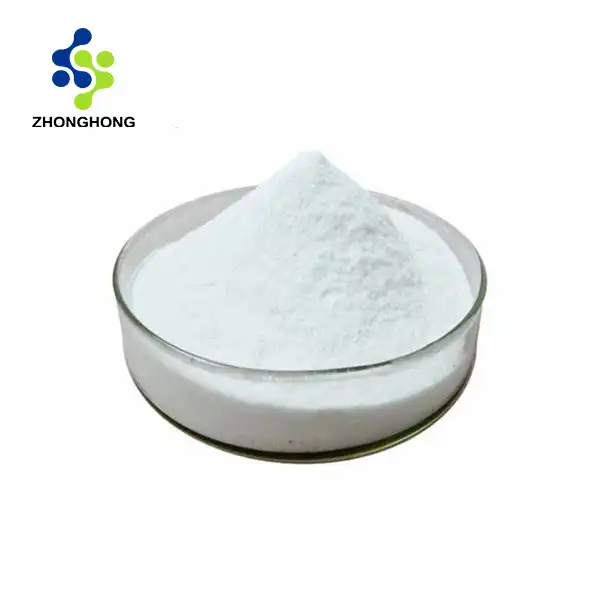Understanding the Natural Origins of Gardenia Blue
The Gardenia Plant: A Brief Overview
Gardenia jasminoides, commonly known as Cape Jasmine, is a flowering plant native to Asia. Renowned for its fragrant white flowers, the Gardenia plant has been cultivated for centuries for both ornamental and medicinal purposes. The fruit of this plant, however, holds a special secret - the ability to produce a vibrant blue pigment.
Extraction Process of Gardenia Blue
The process of extracting Gardenia Blue Powder involves a fascinating blend of traditional knowledge and modern technology. The fruits are harvested at their peak ripeness, then undergo a careful extraction process. This typically involves a combination of water extraction and enzymatic treatment, followed by fermentation. The result is a concentrated blue pigment that can be dried into a powder form.
Chemical Composition of Gardenia Blue
The primary compound responsible for the blue color in Gardenia Blue is genipin. When genipin reacts with amino acids during the fermentation process, it forms the distinctive blue pigment. This natural process results in a complex mixture of compounds, including various flavonoids and iridoids, which contribute to the overall color stability and potential health benefits of the pigment.
Gardenia Blue Powder vs. Synthetic Dyes
Advantages of Natural Colorants
Natural colorants like Gardenia Blue Powder offer several advantages over their synthetic counterparts. They are often perceived as healthier and more environmentally friendly by consumers. Natural colorants tend to have a more subtle, natural-looking hue that can enhance the visual appeal of food products without appearing artificial. Additionally, many natural colorants, including Gardenia Blue, may offer ancillary health benefits due to their antioxidant properties.
Stability and Performance Comparison
While synthetic dyes often boast superior stability and consistent performance across various pH levels and processing conditions, natural colorants like Gardenia Blue have made significant strides in this area. Modern processing techniques have improved the stability of Gardenia Blue, making it suitable for a wide range of applications. However, it's important to note that natural colorants may still be more sensitive to extreme pH, heat, and light conditions compared to their synthetic counterparts.
Regulatory Landscape
The regulatory status of food colorants varies across different regions. In many countries, Gardenia Blue Powder is approved as a natural food colorant. For instance, in the European Union, it's listed as E163 and is permitted for use in various food categories. In the United States, while not explicitly approved as a color additive, it may be used under the "natural flavoring" category when derived from edible fruits. Always check the most current regulations in your region before using Gardenia Blue in food products.
Safety Guidelines for Using Gardenia Blue Powder
Recommended Usage Levels
When utilizing Gardenia Blue Powder, it's vital to follow to suggested utilization levels. Whereas these may change depending on the particular application and administrative rules, a common run the show of thumb is to utilize it in concentrations extending from 0.1% to 0.5% of the add up to item weight. In any case, continuously counsel with administrative bodies or nourishment security specialists to decide the fitting levels for your particular item and locale.
Potential Allergenic Considerations
While allergies to Gardenia Blue are rare, it's important to consider potential sensitivities. As with any food ingredient, some individuals may experience allergic reactions. These could include skin irritation, digestive discomfort, or in rare cases, more severe allergic responses. If you're using Gardenia Blue in food products, ensure proper labeling to inform consumers of its presence.
Best Practices for Handling and Storage
To keep up the quality and security of Gardenia Blue Powder, legitimate taking care of and capacity are fundamental. Store the powder in a cool, dry put absent from coordinate daylight. Guarantee the holder is firmly fixed when not in utilize to anticipate dampness assimilation. When dealing with the powder, utilize fitting individual defensive gear such as gloves and a clean veil to maintain a strategic distance from inward breath or skin contact. Continuously utilize clean, dry utensils when measuring or exchanging the powder to anticipate defilement.
Conclusion
Gardenia Blue Powder offers a natural alternative to synthetic blue dyes, with potential benefits in terms of consumer perception and health. While generally considered safe when used appropriately, it's crucial to adhere to regulatory guidelines and best practices for handling and usage. As with any food ingredient, individual sensitivities should be considered, and proper labeling is essential. If you want to get more information about this product, you can contact us at liaodaohai@gmail.com.
_1728976869676.webp)
